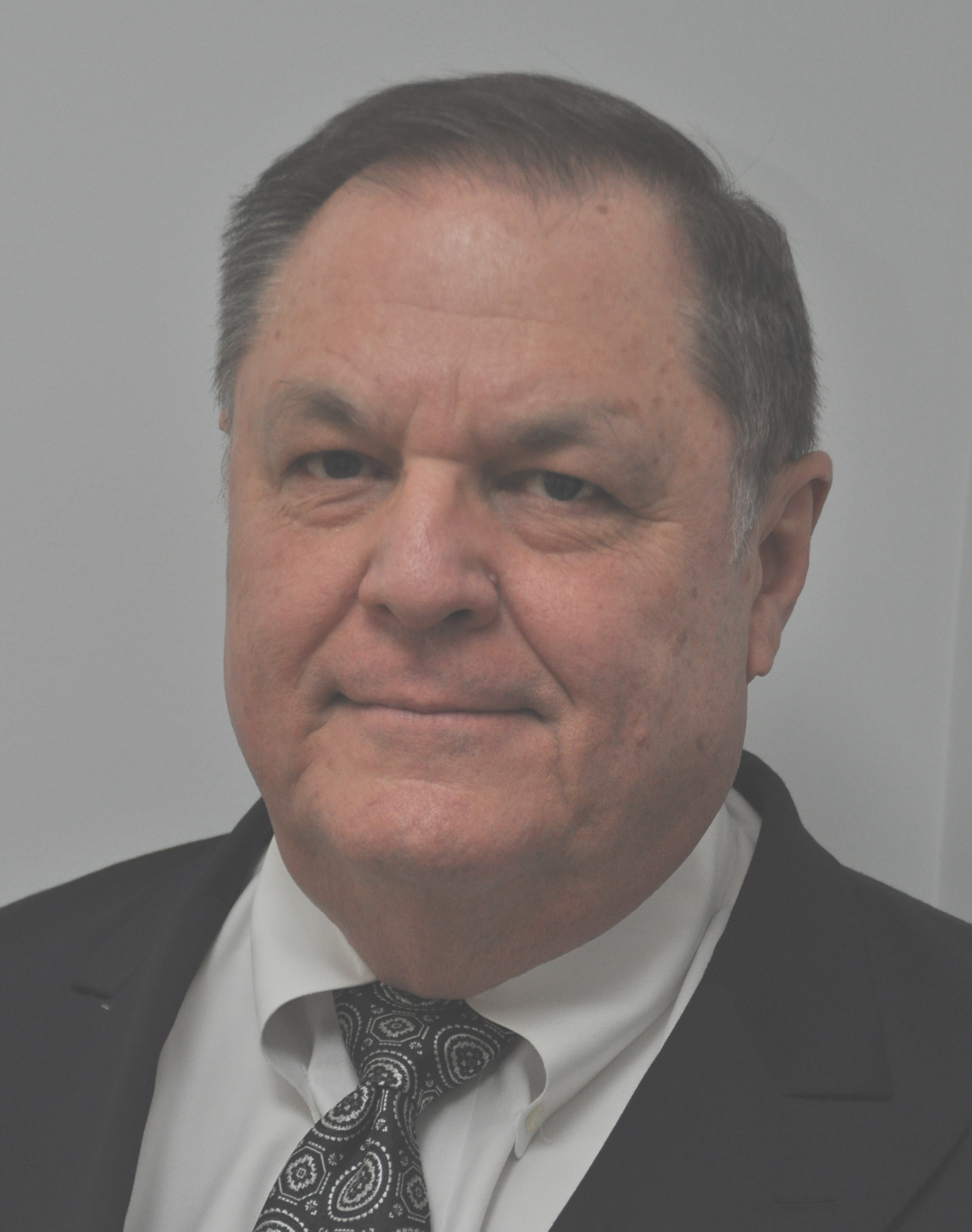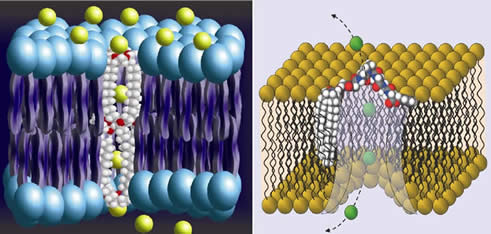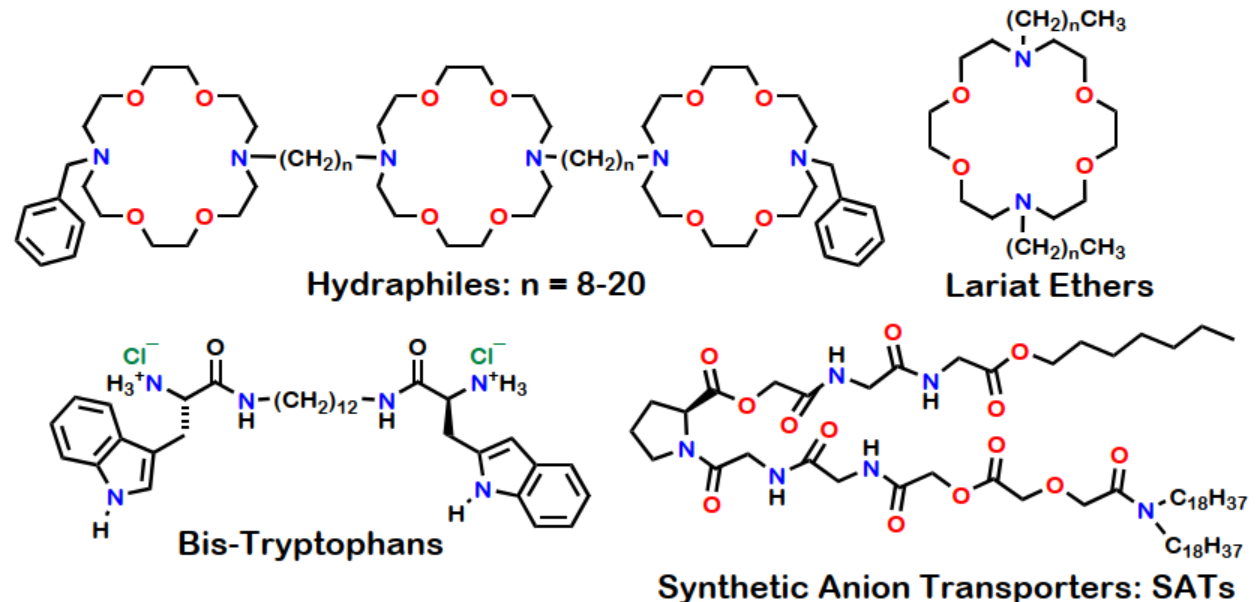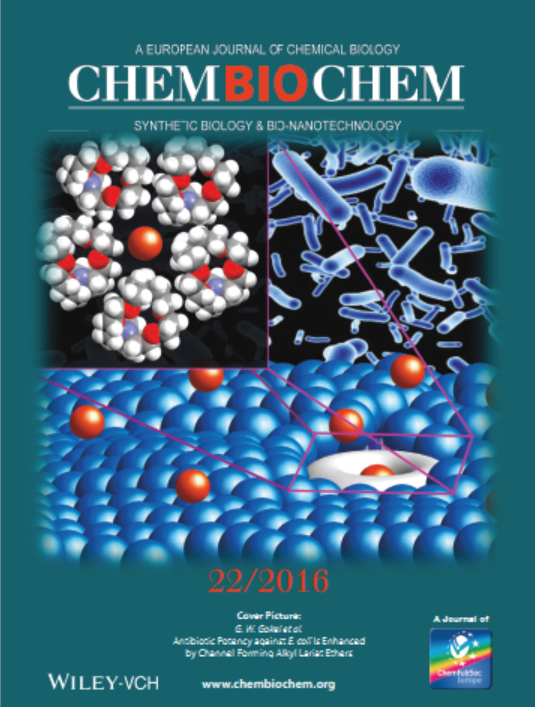-
About Us
Keith J. Stine, Chair
Mission Statement
Degree Offerings
Department Photos
Outreach Activities
-
Undergraduate Studies
Undergraduate Degrees
Undergraduate Program Advising
Undergraduate Scholarships and Awards
Research for Undergraduates
Resources
-
Graduate Studies
Graduate Program Overview
Graduate Degrees
Application to Graduate Program
Graduate Awards
Graduate Program Contact Information
-
Faculty
Faculty Contact Information
Inorganic
Organic
Analytical/Physical
Biochemistry
Chemistry Faculty Awards
-
Staff
-
Seminar Programs
Archive
Graduate Student Seminars
Robert W. Murray Lecture
Distinguished Alumni Lecture
-
Departmental News
News Archive
-
Facilities
High Field NMR Facility
MIST Lab
X-Ray Diffraction Facility
-
Alumni Interests
UMSL Chemists
Important Dates
Distinguished Alumni
Alumni Lecturers
-
Contact Information
 |
Professor Gokel attended Tulane and USC for BS and PhD degrees, respectively, and UCLA, where he was a postdoc with D.J. Cram. He was a faculty member at Penn State, Maryland, Miami and Washington University prior to joining UMSL as Distinguished Professor in 2006. He retired in 2021 and was appointed Distinguished Professor Emeritus. |
gokelg@umsl.edu |
Research Interests
Synthetic cation and anion channelsDuring the past decade, our lab has developed and elaborated classes of structurally different synthetic ion transporters. We use diaza-18-crown-6 macrocycles as head groups and entry portals for ion conduction. Hydrophobic spacer chains connect the headgroups and impart the appropriate length for the hydraphile to span the bilayer. A third, central macrocycle acts as an "ion relay." These compounds not only function as ion channels in membranes, they enhance the efficacy of important FDA-approved antibiotics by up to 16-fold
Two types of anion transporters are illustrated in the adjacent figure. The left panel shows a hydraphile cation transporter embedded in a phospholipid membrane. The right panel shows a cutaway of a heptapeptide chloride anion transporter that functions as a dimer. Only one of the dimeric pair is shown.

Mechanisms of Channel Formation and Biological Activity.
The compounds that have been designed, synthesized, and studied in the Gokel Lab are amphiphiles. These are compounds that have an affinity both for aqueous and for hydrocarbon environments. Lariat ethers, hydraphiles, and bis-tryptophans all fit this category and all of them form ion-conducting channels. Details of these and other synthetic ion channels are described in an article that may be found in Wikipedia. https://en.wikipedia.org/wiki/Synthetic_ion_channels.
These synthetic ion channels enter membranes and conduct ions. They also increase membrane permeability in bacterial membranes and disrupt the function of efflux pumps. This allows them to function as antimicrobial agents and to enhance the potency of other antibiotics. Certain of the hydraphiles and bis-tryptophans are especially active (low nanomolar activity) against Gram negative, Gram positive, and even mycobacteria. We are currently exploring activity against hospital acquired pneumonia, a disease that has a high mortality rate in the US.

Selected Recent Publications
″Antimicrobial and Adjuvant Potencies of Di-n-alkyl Substituted Diazalariat Ethers″, M. B. Patel, H. Spikes, R. S. Bailey, T. Connell, H. Gill, M. R. Gokel, R. Harris, J. W. Meisel, S. Negin, S. W. Yin, and G. W. Gokel, Antibiotics, 2023, 12, 1513.
″Assessment of a host-guest interaction in a bilayer membrane model,″ H. Kumari, S. Negin, A. Eisenhart, M. B. Patel, T. L. Beck, F, Heinrich, H. J. Spikes, and G. W. Gokel, George. RSC Advances, 2022, 12, 32046.
″Crown ethers having side arms: a diverse and versatile supramolecular chemistry,″ M. R. Gokel, M. McKeever, J. W. Meisel, S. Negin, M. H. Patel, S. Yin and G. W. Gokel, J. Coord. Chem. 2021, 74, 14.
“Supramolecular pore formation as an antimicrobial strategy,“ H. Gill, M. R. Gokel, M. McKeever, S. Negin, M. H. Patel, S. Yin, and G. W. Gokel, Coord. Chem. Rev. 2020, 412, 213264
″Selective alteration of the root morphology of Arabidopsis thaliana by synthetic anion transporters (SATs)″, M. B. Patel, E. C. Garrad, S. Korb, S. Negin, M. R. Gokel, S. Sedinkin, S. Yin and G. W. Gokel, Chem. Sci. Int. J., 2019, 27, 1
″Synthetic ionophores as non-resistant antibiotic adjuvants,″ M. H. Patel, E. Garrad, J. W. Meisel, S. Negin, M. R. Gokel and G. W. Gokel, RSC Advances, 2019, 9, 2217.